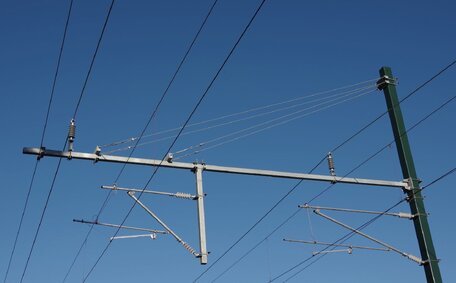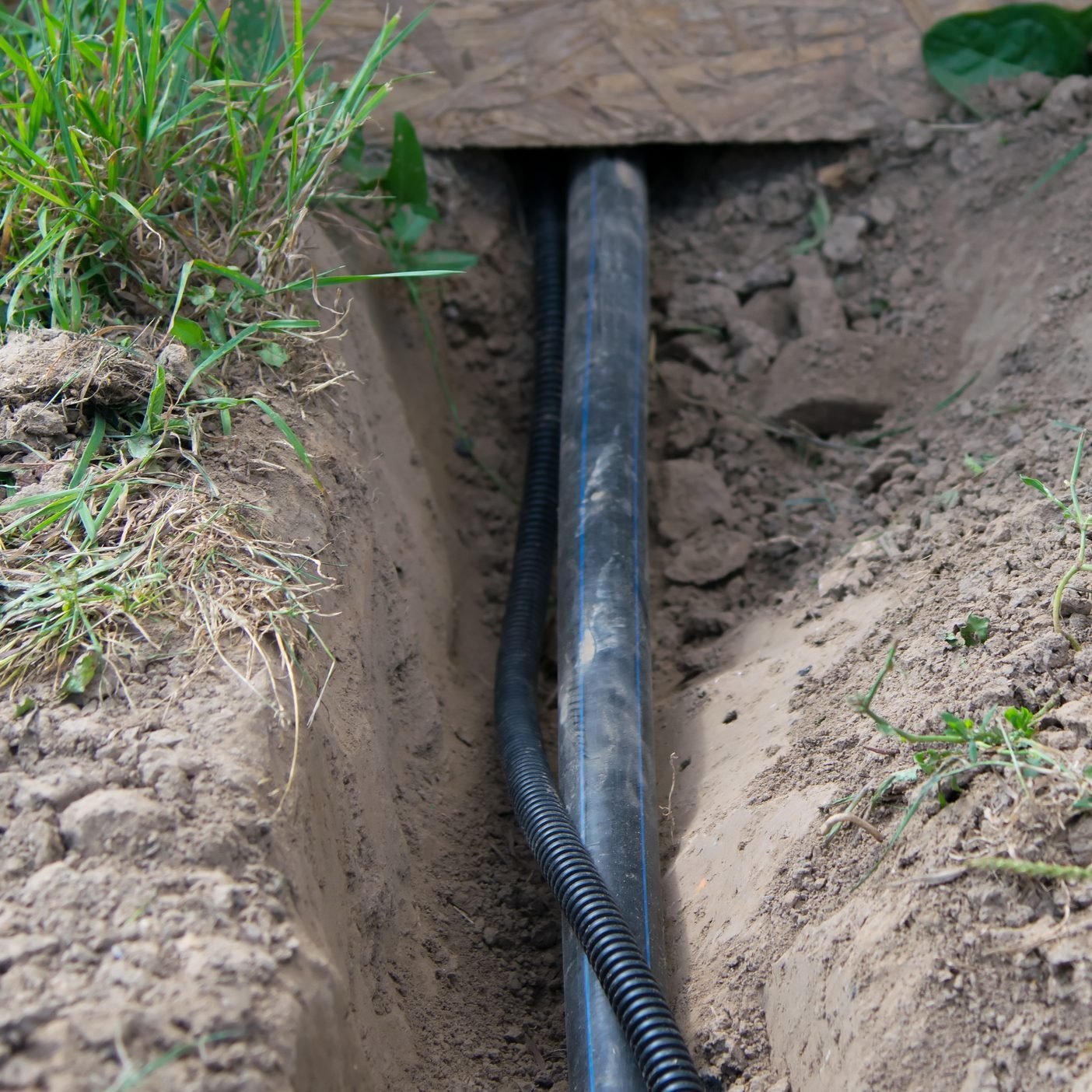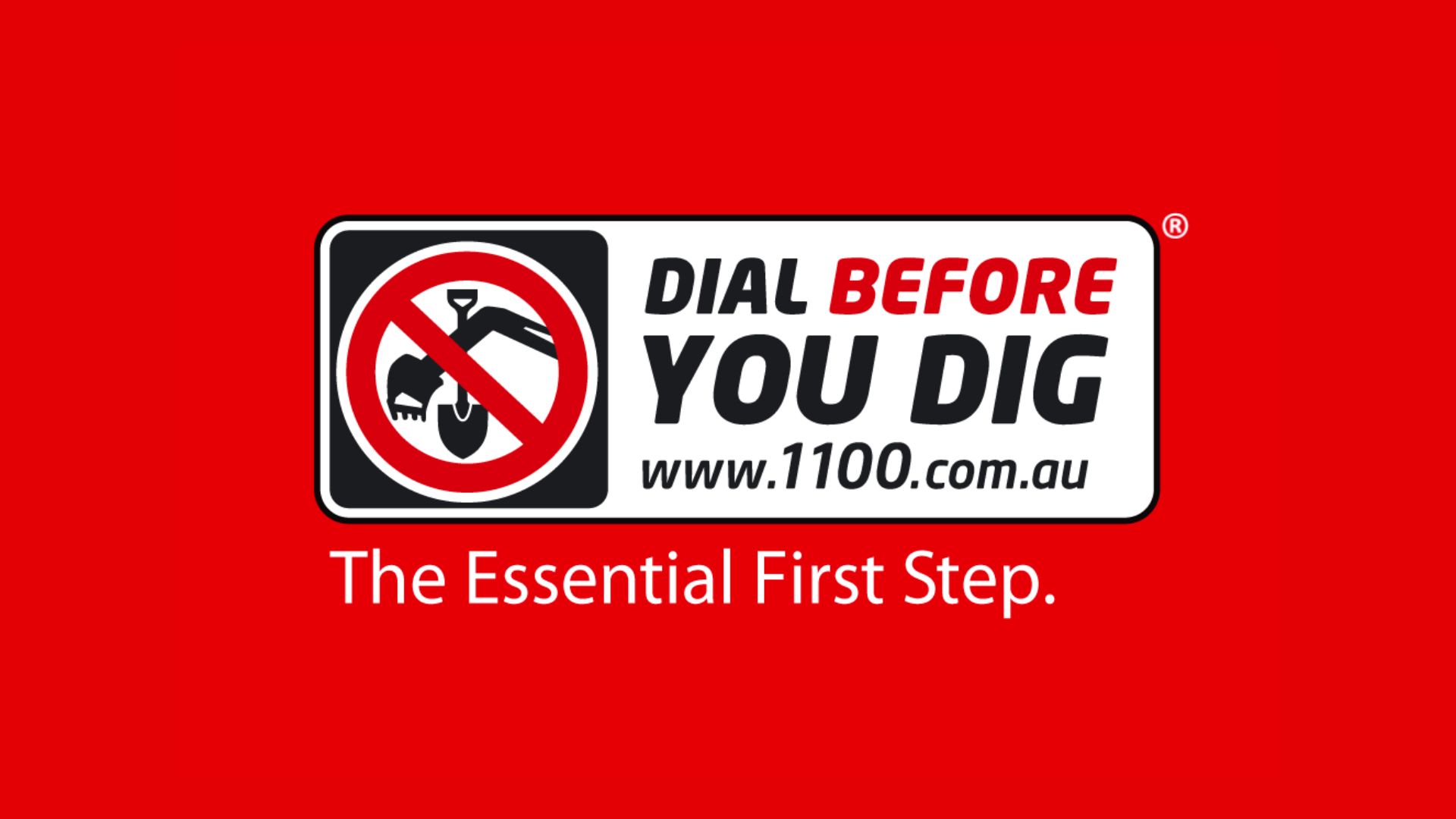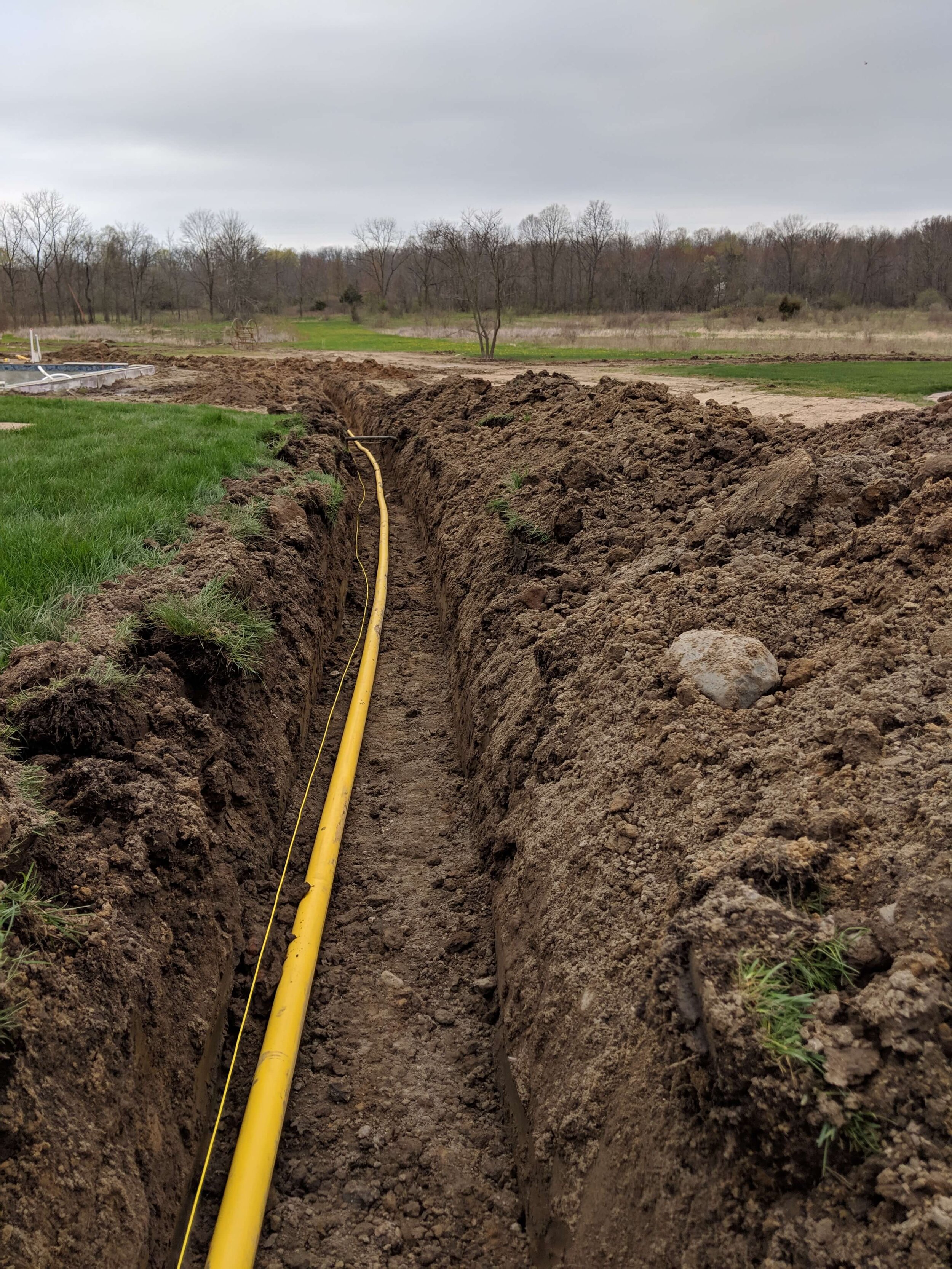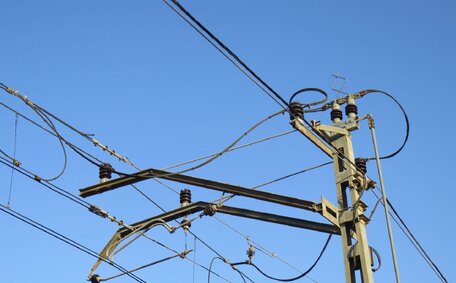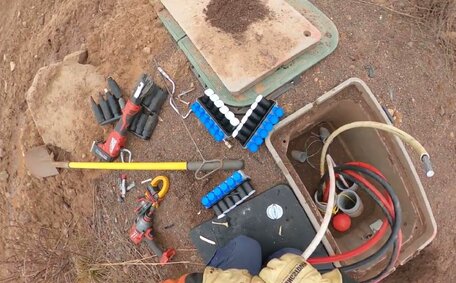Do you really know what’s under your feet before you dig? Striking an underground utility line can do more than just ruin your day. It can land you with thousands in fines, cut off services to an entire street, or worse, lead to serious injury or even death.
Unfortunately, too many people overlook this critical first step before starting excavation work. The good news? This blog is here to walk you through how to locate underground services safely and legally—before you break ground.
Why It’s Critical to Locate Underground Service Lines
Underground service linescarry essential utilities like gas, electricity, water, NBN, sewerage, and stormwater. These lines are hidden beneath streets, footpaths, driveways, and backyards, and they’re not always where you think they are.
![Underground Electrical Caling Underground Electrical Caling]()
Damaging any of these can have serious consequences. Hit a power cable, and you risk electrocution. Strike a gas line, and you’ve got a potential explosion. Burst a water main or sewer, and you’re dealing with flooding, contamination, and a very expensive clean-up. Damaging NBN lines can also knock out communications in your area, adding more chaos to the mix.
Aside from safety risks, there are legal obligations to consider. Across most Australian states, it’s your responsibility to identify underground services before any digging begins. Failing to do so may breach duty-of-care laws, especially on worksites. It’s not just about protecting infrastructure—it’s about keeping people safe.
The Role of Dial Before You Dig (DBYD)
Dial Before You Dig (DBYD), now known as Before You Dig Australia (BYDA), is your first port of call before any excavation. It’s a free national service that connects you to utility asset owners, so you can find out what’s buried beneath your project site.
Once you lodge an enquiry online, BYDA gathers maps and plans from relevant utilities—like power, gas, water, and telecom companies—and emails them directly to you. It’s simple, fast, and crucial for safety.
How to submit a DBYD request:
- Visit the BYDA website
- Create an account or log in
- Draw your dig site on the map
- Submit the enquiry
- Receive utility plans by email
![Dial Before You Dig Dial Dig]()
Don’t skip this step! BYDA helps prevent accidents and ensures you’re meeting your legal obligations.
Understanding the Plans You Receive
Once your DBYD enquiry is processed, you’ll receive digital plans from each utility provider. These documents show where underground lines are likely to be located within your nominated dig zone. Expect to see different symbols, colours, and legends for each service type.
But here’s the catch—these plans are a guide, not gospel. They often lack depth information, may not reflect recent changes, and are based on existing records that can sometimes be inaccurate. Relying solely on them is risky business.
That’s why they should be treated as a first step, not the final word. Use them to understand the general layout, but don’t assume pinpoint accuracy. If you’re planning anything more than a bit of landscaping, get someone on site who knows what they’re doing.
When to Engage a Utility Locator
There are times when a set of plans simply won’t cut it. If you’re digging in high-risk zones—like near power poles, water mains, or traffic corridors—you need more than paper.
Professional utility locators use advanced tech to physically verify what’s beneath the ground. If the plans are vague, outdated, or conflict with what’s visible on-site, calling a locator is the safest bet. They’re also essential when excavation is close to critical assets or where service outages would cause major disruption.
Qualified locators use tools like ground penetrating radar (GPR), electromagnetic cable locators, and CCTV inspections for pipes and drains. These tools help them detect buried assets accurately and, in most cases, provide depth estimates.
Best of all, they physically mark service lines on site, so there’s no guessing. In short, if there’s any doubt about what’s below, don’t dig blindly. Bring in the pros.
Tools & Techniques for Locating Services
If you’re tackling a small garden project, there are a few basic tools you can use. Cable locators and non-metal probes can help identify shallow utilities. Hand tools like a trenching shovel or digging bar also allow you to dig cautiously with minimal risk.
But these tools have serious limitations. They won’t help you find deeper or non-metallic services, and they definitely won’t pick up changes not shown on DBYD plans. That’s where professionals step in with their gear—GPR, signal generators, CCTV and more.
While it might be tempting to go the DIY route, anything beyond light-duty digging calls for experience and specialist equipment. Don’t risk damaging something vital just to save a few bucks.
Planning Safe Excavation Work
Once the services are marked, planning your dig becomes much safer and smarter. Start by clearly identifying and marking your work zones. Use paint or stakes to outline the digging area and note the locations of all underground services.
![Underground Electrical Lines System Underground Electrical Lines System]()
Avoid using any mechanical digging equipment within close proximity of marked utilities. Instead, use hand digging or a technique called potholing to carefully expose each line. This helps confirm exact positions and depths before major work begins.
Always maintain safe clearance distances as recommended by each service provider. These guidelines aren’t suggestions—they’re essential for avoiding costly or dangerous accidents. And if anything changes during the dig, re-check those markings and adjust your plan.
Common Mistakes to Avoid
- Trusting the plans to be perfectly accurate
- Digging without confirming marked lines
- Failing to renew DBYD plans after 30 days
- Ignoring the need to physically expose critical lines
- Forgetting to communicate known risks with the team onsite
These simple oversights can lead to major issues. Stay alert and don’t assume.
Before You Break Ground…
Rushing into a dig without knowing what’s underneath can cost you more than time—it can jeopardise lives, cut off neighbourhood services, and leave you with a nasty repair bill. The truth is, shortcuts before excavation rarely end well.
Proper planning means doing a DBYD check, reading the plans carefully, and involving a professional utility locator when needed. Taking the time to do it right keeps everyone safe and compliant. So before you break ground, make sure you know exactly what’s under it.
Trust the Experts to Keep Your Next Dig Safe
At Bright Force Electrical, we understand the risks involved with underground excavation. That’s why we offer expert underground service locating to help you avoid damage, delays, and penalties.
Our qualified team uses the latest technology to detect and mark underground utilities with precision. Whether you’re tackling a home renovation, commercial project, or civil works, we’ve got the skills and equipment to keep your project safe and legally compliant.
Don’t leave it to chance. Contact Bright Force Electrical today and let us help you dig smart. Get in touch now for a free quote or to book a utility locating service.
